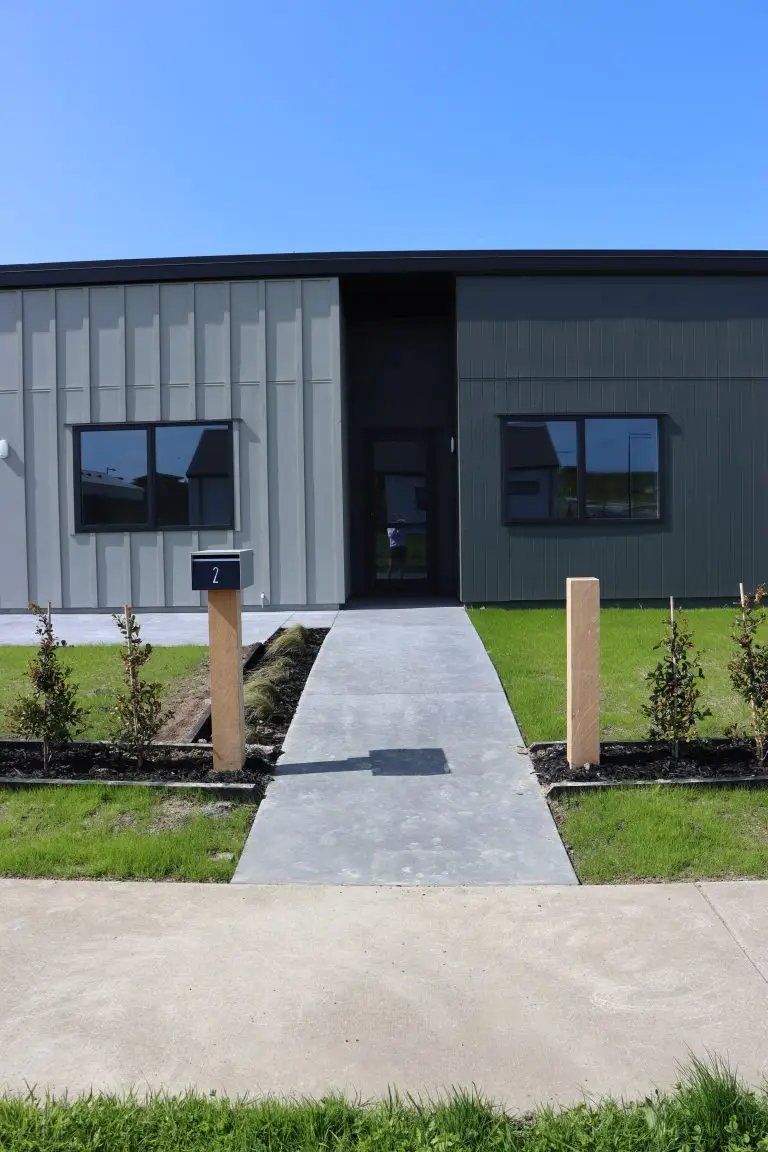In today’s world, ensuring access to clean, safe drinking water is paramount for maintaining health and well-being. One effective solution to achieve this is by installing a three-stage water filtration system in your home. In this comprehensive guide, we’ll delve into the myriad benefits of a three-stage water filtration system, covering everything from enhanced water quality to the importance of regular maintenance.
Enhanced Water Quality
A three-stage water filtration system employs a multi-layered approach to remove various contaminants from your water supply. The first stage typically features a sediment filter designed to capture larger particles such as sand, dirt, and rust. This initial filtration step ensures that coarse impurities are effectively removed before proceeding to the subsequent stages.
The second and third stages of the filtration process involve carbon filters, which target finer contaminants such as chlorine, volatile organic compounds (VOCs), and other harmful substances. By utilising activated carbon, these filters effectively adsorb impurities, resulting in cleaner, safer water that is free from unpleasant tastes and odors.
Protection for Plumbing and Appliances
Beyond improving water quality, a three-stage filtration system also provides protection for your plumbing and appliances. Sediment and other impurities present in untreated water can lead to corrosion, scale buildup, and other damage to your plumbing infrastructure and household appliances.
By removing these contaminants, the filtration system helps extend the lifespan of your fixtures and appliances, ultimately saving you money on maintenance and replacements. Additionally, cleaner water reduces the risk of clogs and blockages in your plumbing system, ensuring smooth and efficient water flow throughout your home.
Health Benefits
Perhaps most importantly, a three-stage water filtration system offers a range of health benefits by removing harmful substances from your drinking water. Chlorine, VOCs, and other contaminants commonly found in untreated water can pose significant health risks when consumed over time.
By investing in a three-stage filtration system, you can rest assured that you and your family are consuming water that meets stringent quality standards. Removing these contaminants reduces the risk of waterborne illnesses and helps safeguard against potential long-term health effects associated with exposure to harmful chemicals.
Maintenance and Filter Replacement
While the benefits of a three-stage water filtration system are clear, it’s important to note that regular maintenance is essential to ensure optimal performance. Proper maintenance includes timely filter replacement, monitoring water quality, and adhering to manufacturer recommendations.
Filter replacement intervals may vary depending on factors such as water quality and usage patterns. As a general guideline, it is recommended to replace the filters in your system at least once every six months. However, the sediment filter in the first stage may require more frequent replacement, potentially every three months, depending on the level of sediment present in your water.
Additionally, it’s crucial to monitor the quality of your water regularly to identify any signs of deterioration. Changes in taste, odor, or clarity may indicate the need for filter replacement or maintenance. By staying proactive and attentive to your filtration system’s needs, you can ensure that it continues to deliver clean, safe water for years to come.
Conclusion
A three-stage water filtration system offers a comprehensive solution for improving water quality, protecting plumbing and appliances, and promoting overall health and well-being. By investing in a filtration system and adhering to proper maintenance practices, you can enjoy the benefits of clean, safe water in your home for years to come.

House & Land Packages in Waikato: Are They Worth It?

How to Choose the Right Builder in Hamilton: 10 Key Questions to Ask

Best Suburbs in Hamilton & Waikato for New Home Builds

The True Cost of Building a Home in Waikato: Latest Guide

How to finance my house








